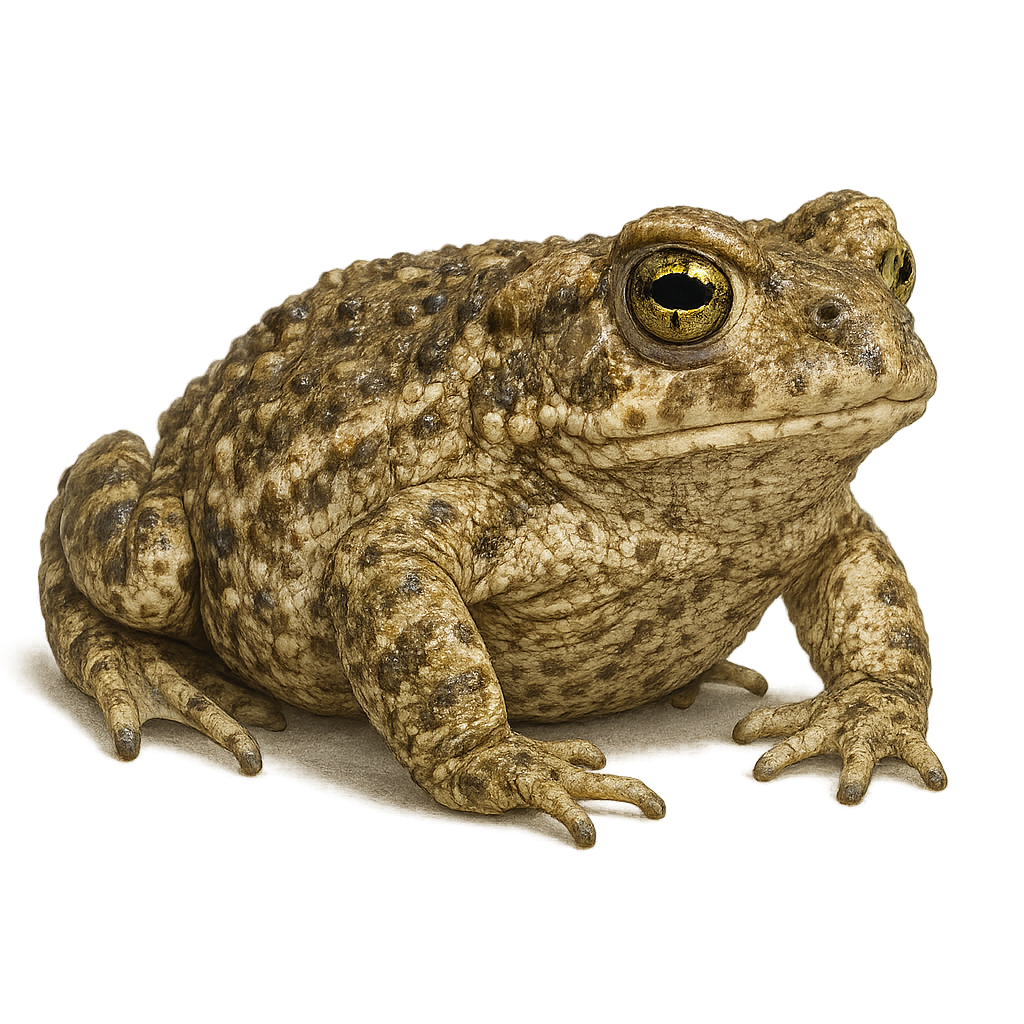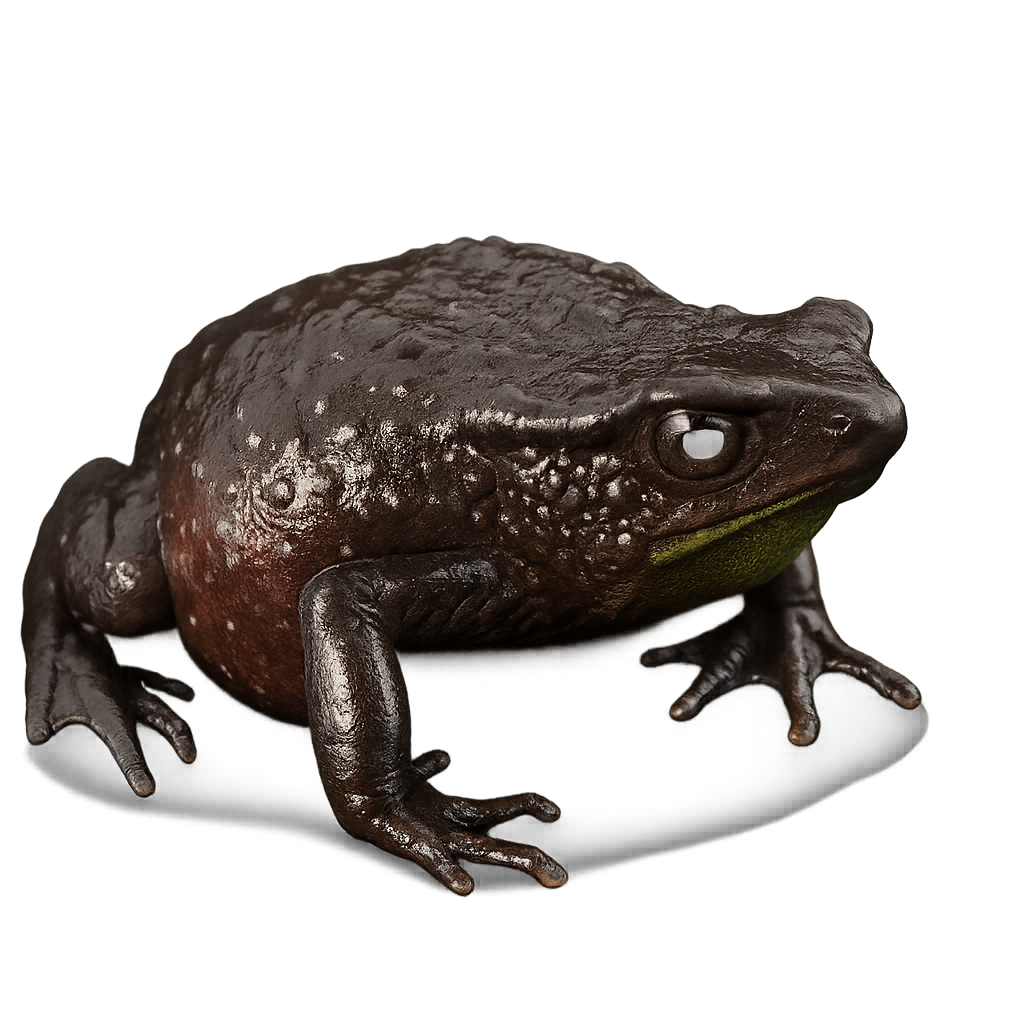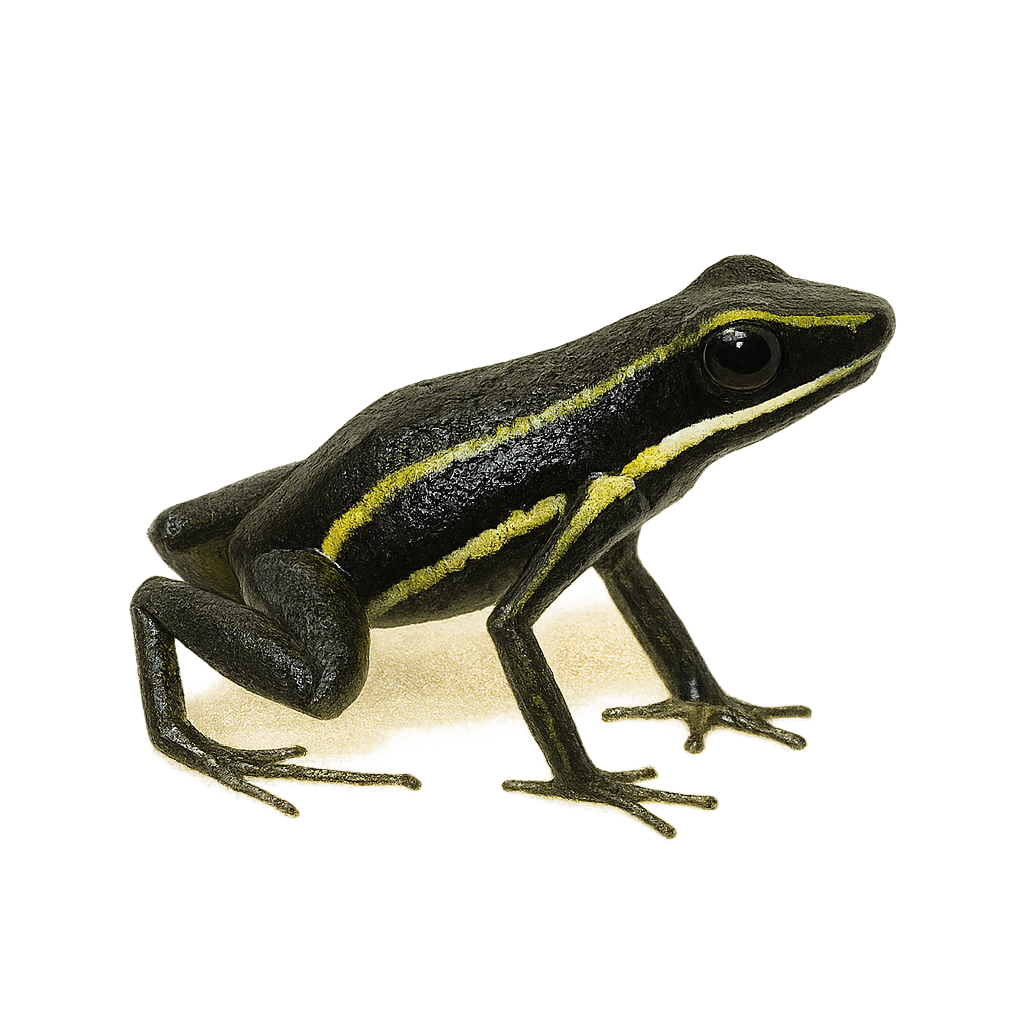Your wildlife tracking tool..
Browse 2,846species by country, track observations, and plan your photo outings.
Your global reference for wildlife photography
WildlifePhotographer gives you access to over 2,846 wildlife species sheets to help you identify, understand, and photograph wildlife around the world. Mammals, birds, reptiles… each sheet provides key information: habitat, activity, life cycle, signs of presence, and tailored photo tips.
Our database grows every week with new iconic species. To go further, access maps, reminders, logs, and personalized statistics in the app — designed to meet the real needs of wildlife photographers in the field.
Natterjack toad
Epidalea calamita
The natterjack toad, Epidalea calamita, is a medium-sized amphibian known for its warty skin and distinctive yellow dorsal stripe. It primarily inhabits sandy areas and heathlands in Western Europe. This toad is well adapted to dry environments and can travel long distances in search of water for breeding. Its call, a continuous trill, is often heard in spring. It feeds mainly on insects and other small invertebrates. Although its population is stable, it faces threats from habitat loss and pollution.
Nanay Harlequin Toad
Atelopus nanay
The Nanay Harlequin Toad, or Atelopus nanay, is a species of toad belonging to the Bufonidae family. Native to the humid tropical forests of Ecuador, this toad is known for its bright colors and smooth skin. It is often found near mountain streams and rivers, where it breeds. Unfortunately, this species is critically endangered due to habitat loss and chytridiomycosis, a fungal disease affecting amphibians. Conservation efforts are crucial to ensure its survival.
Nariño Poison Frog
Epipedobates narinensis
The Nariño Poison Frog, or Epipedobates narinensis, is a brightly colored and toxic frog species native to the humid rainforests of Colombia. Known for its vivid skin and distinctive patterns, it serves as a warning to potential predators. This frog typically measures between 2 and 3 cm in length. It is notable for its ability to secrete toxic alkaloids through its skin, a feature that protects it from predators. It primarily inhabits dense, humid undergrowth, where it feeds on small insects. The Nariño Poison Frog plays a crucial role in the ecosystem by regulating insect populations and serving as a bioindicator of habitat health.




